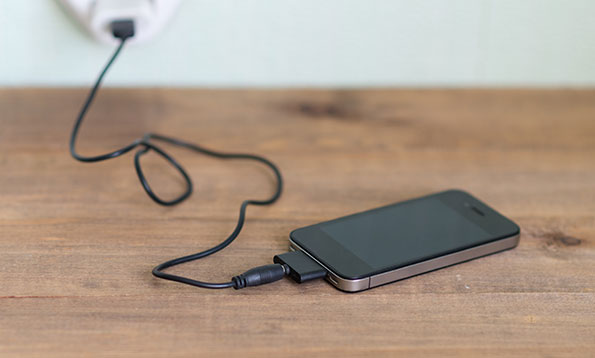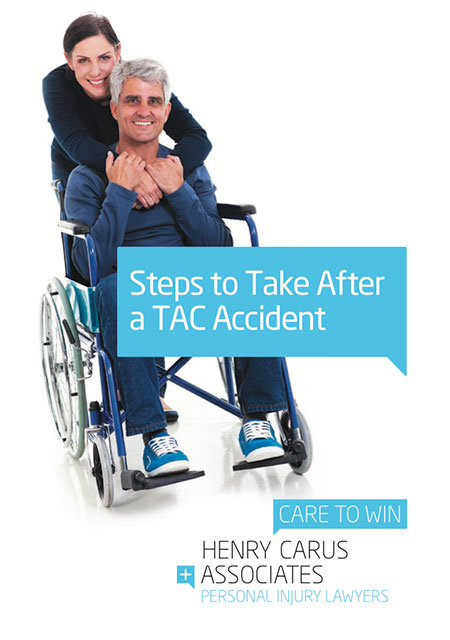
For many years, we’ve benefited from the convenience of charging our iPhones, iPads, or iPods with ease, thanks to the cheap and plentiful replacement USB chargers and cables available in stores. However there’s a downside to buying these generic USB chargers and cables over the pricier, official versions – they can pose a serious threat, not only to our devices, but to ourselves. Cheap USB cables and chargers have a tendency of falling under the category of ‘defective products’, so it’s important that you make yourself aware of the dangers so as to avoid injuring yourself or causing a lethal accident.
The dangers of cheap USB chargers and cables
Cheap and generic USB chargers and cables can be found in convenience stores and on online shopping sites like eBay from as little as $1. But when something is available for such a cheap price, you’ve got to wonder whether costs are being cut during the manufacturing process. And these cheap USB chargers pose very serious dangers, including:
- Fire risk
A PCWorld report states that Japan’s Consumer Affairs Agency has recorded almost 100 cases of smoke, fire, or overheating involving smartphone chargers and cables in 2014. In one incident, a person was slightly injured in a fire after using a Topland phone charger unit that was sold at a convenience store. These chargers were subject to a fire hazard recall in July that year, involving 224,000 other units. The chargers contained lithium-ion batteries, which were associated with overheating and fire cases.Furthermore, a spokeswoman for the National Institute of Technology and Evaluation (NITE) points out that “The terminals inside the connectors can become twisted or deformed and interrupt the flow of current. Sweat, liquids, and small debris or dust can also cause short circuits and fire”. Overall, cheap phone chargers and cables are seen as a fire risk in Japan as they can dangerously overheat when used to recharge smartphones and tablets, and can also cause fire when kept in dusty, moist areas. - Electrocution
According to a Sydney Morning Herald report, a Sydney woman died from apparent electrocution after using an unbranded USB phone charger purchased from a stall in the suburb of Campsie. The woman was wearing headphones and holding her laptop at the time of death, and was found with burns on her ears and chest, suggesting electrocution.The chargers, powerboards, and travel adapters sold by the Campsie stall didn’t have Australian Safety Standards markings, such as the manufacturer and serial number. They were also not certified for sale in this country. This incident highlights the dangers of using uncertified phone cables and AC wall chargers. Paying a few extra dollars for a certified, brand name charger that meets Australian Safety Standards not only makes sense in the long run, but could potentially also save your life.Engineer and blogger Ken Shirriff of Righto writes that USB phone chargers and cables that are made in China or Hong Kong and sold for a few dollars will usually have low-quality internal components and not be built to the same standards as official and branded USB chargers and cables. Counterfeit phone chargers supply only half of the amp charging unit and wattage output they claim to offer, which poses a hazard to both yourself and your phone. A charger has hundreds of volts internally, so if it doesn’t have proper insulation installed then it can cause electrocution. - Damage to devices
Apple’s new USB cable, the ‘lightning cable’, is made with authentication chip that’s reverse-engineered by third party manufacturers in order to make their own lightning cables work. Some no-name manufacturers are also selling their own ‘lightning cables’ for only a few dollars.A Redmond Pie report states, however, that third party lightning cables can damage or fry parts of your iPhone or iPad’s logic board, or kill its battery. Many third party lightning cables also use low-quality wires that aren’t properly shielded, meaning they can break easily and cause electric shock. Moreover, repair business MendMyi reports that high input voltage spikes of cheap chargers can damage an iPhone’s USB charge chip, rendering the device unchargeable.
Common features of cheap USB chargers and cables
Apart from being generic, made in China, and costing only a few dollars, cheap USB chargers and cables often share the following features:
- They are rated incorrectly and don’t have sufficient overload protection. For example, they may claim to offer 10 watts, but can only safely output 5 watts. This means slower charging, and the chance of overheating if the device overloads the charger.
- They skimp on the separation between high and low voltage components.The specification of electronic components is an essential aspect of design safety, so if they’re not specified it can have potentially dangerous consequences.
- There can be less than 1 mm separating the voltage input from the output.This is only a fraction of the recommended safe distance of 3-4 mm. This could potentially cause a lethal electric shock hazard.
- They have huge spikes, and voltage levels vary wildly with peaks over 6 volts and troughs under 4 volts. High input voltage spikes can damage the sensitive internal electronic components of a device.
- Their high noise output makes it difficult to use the touchscreen while charging your device. In other words, the noise from a cheap charger disrupts the sensitive electronics that measure your finger’s position on the screen.
Making an injury compensation claim
If you live in Victoria and have received an injury as a result of using a cheap/generic USB charger and cable, either at home or at work, you can make an injury compensation claim with an experienced lawyer from HCA. We will analyse your situation and determine whether you’re eligible for compensation, and if you are, rest assured we will work tirelessly to ensure you obtain fair compensation.
 Call Us Today
Call Us Today



